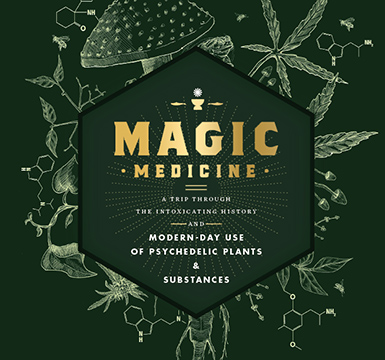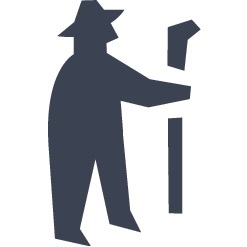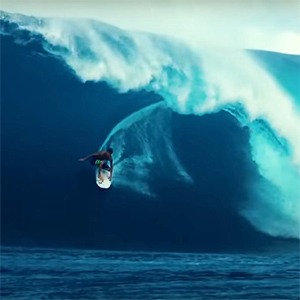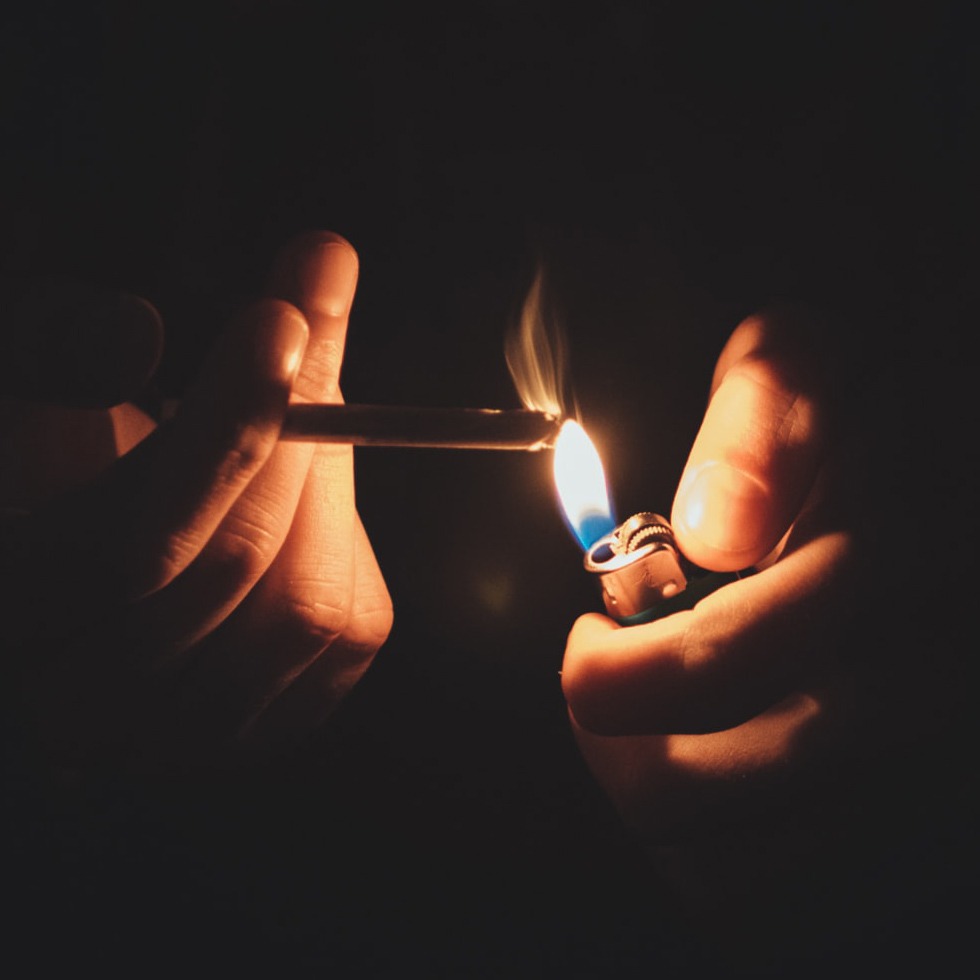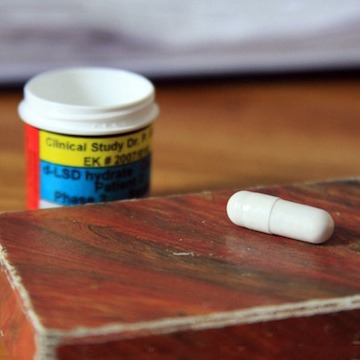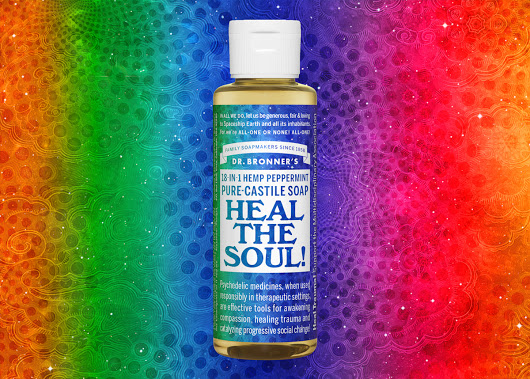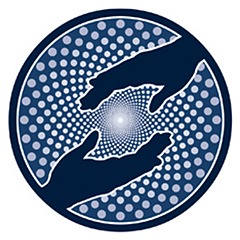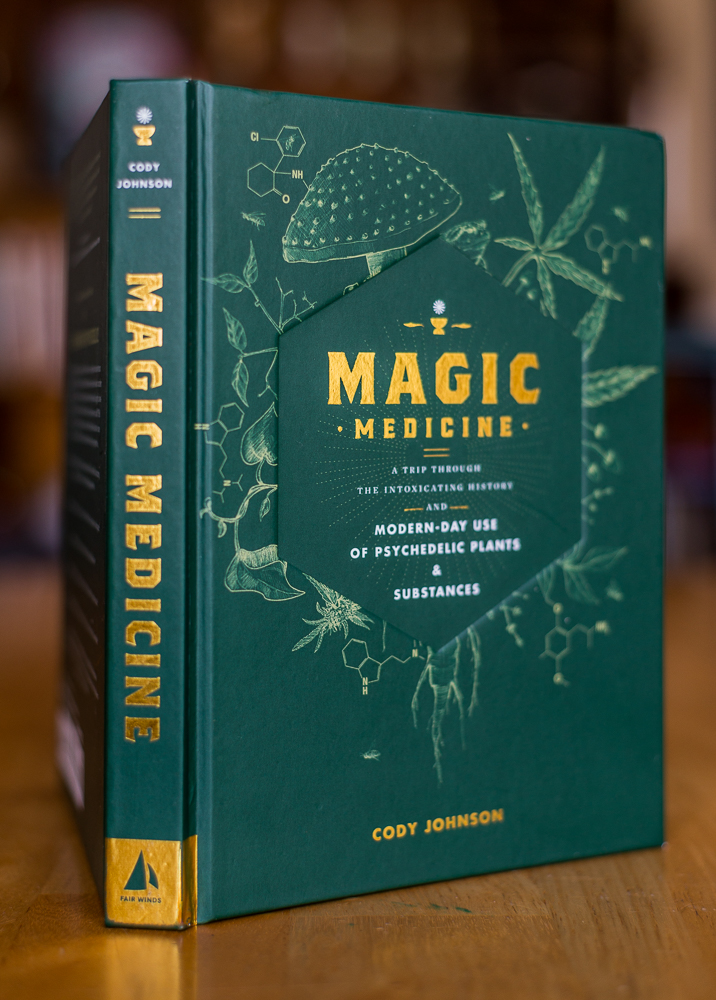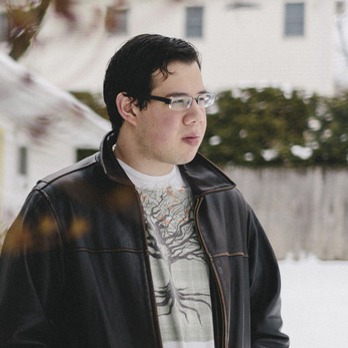
George McCann has found lasting relief from aggressive and fearful tendencies by taking ketamine every three days.
There has been a huge resurgence of research on psychedelic and dissociative drugs recently. This is very promising because for 40 years, the study of these very promising medical compounds was shelved in the name of prohibition. Finally, after decades of hiatus, we are able to shed light on some of these compounds in controlled clinical settings. The studies may be small and few in number right now, but their positive results should help open the door to larger and ever more diverse studies. If early studies are any indication, the medical potential of psychedelics is absolutely vast.
What a relief to see these long-outcast compounds invited back to the fold of mainstream science. New and pioneering studies of psilocybin, MDMA, LSD, ketamine, and others are playing a huge role in renewing the good name of all these compounds in the public eye. Substances like these have offered powerful benefits to humanity for centuries, so it’s about time modern society starting taking them seriously instead of treating them like toxic poisons. I hope it won’t be too long before psychedelics can be prescribed for the safe and effective treatment of conditions ranging from PTSD to severe depression.
Well, here’s one more promising lead. Ketamine may be a wonder drug for children exhibiting the “Fear of Harm” phenotype, a condition characterized by extreme fear and aggression which is arguably a subtype of bipolar disorder. The NPR article highlights the story of George McCann, one patient who has found relief from his disorder by taking ketamine once every three days.

Dr. Demitri Papolos studies early-onset bipolar disorder.
McCann is not alone. Psychiatrist and researcher Dr. Demitri Papolos has found success with many who struggle with this disorder. He has treated “about 60 young people with ketamine so far and says all but two have had dramatic responses.” The abstract of his study concludes:
Intranasal ketamine administration in treatment-resistant youth…produced marked improvement in all symptomatic dimensions. A rapid, substantial therapeutic response, with only minimal side effects was observed. Formal clinical trials to assess safety and efficacy are warranted.
Perhaps best of all, the relief offered by ketamine therapy can last from 3 to 7 days, requiring infrequent dosage for those who depend on it.
This is just one of many fascinating new avenues of psychedelic research. To name just one other ketamine study, there is substantial evidence that it combats even severe and treatment-resistant depression by stimulating the brain’s glutamate system. This is a completely different mode of treatment than most current antidepressants, which operate on serotonin, norepinephrine, and dopamine receptors.
Liked this post? Subscribe to my RSS feed to get much more!

